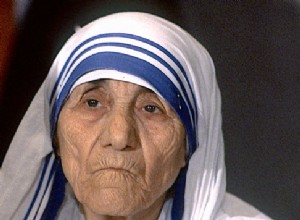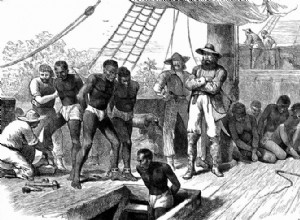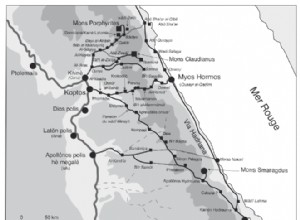Mother Teresa of Calcutta became internationally known as a nun who dedicated her life to charity work. She received the Nobel Peace Prize in 1979. Mother Teresa of Calcutta she was an Indian nun who became internationally known for her humanitarian work in India. She was the founder of the Mission




